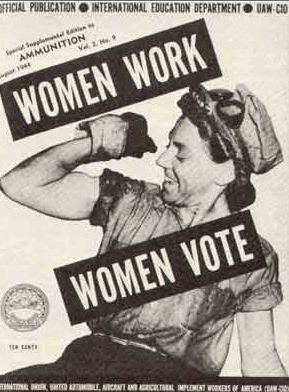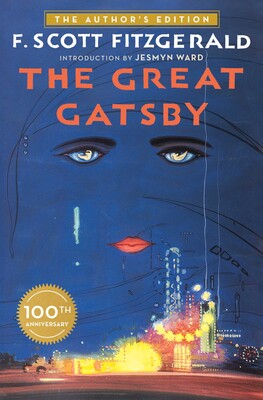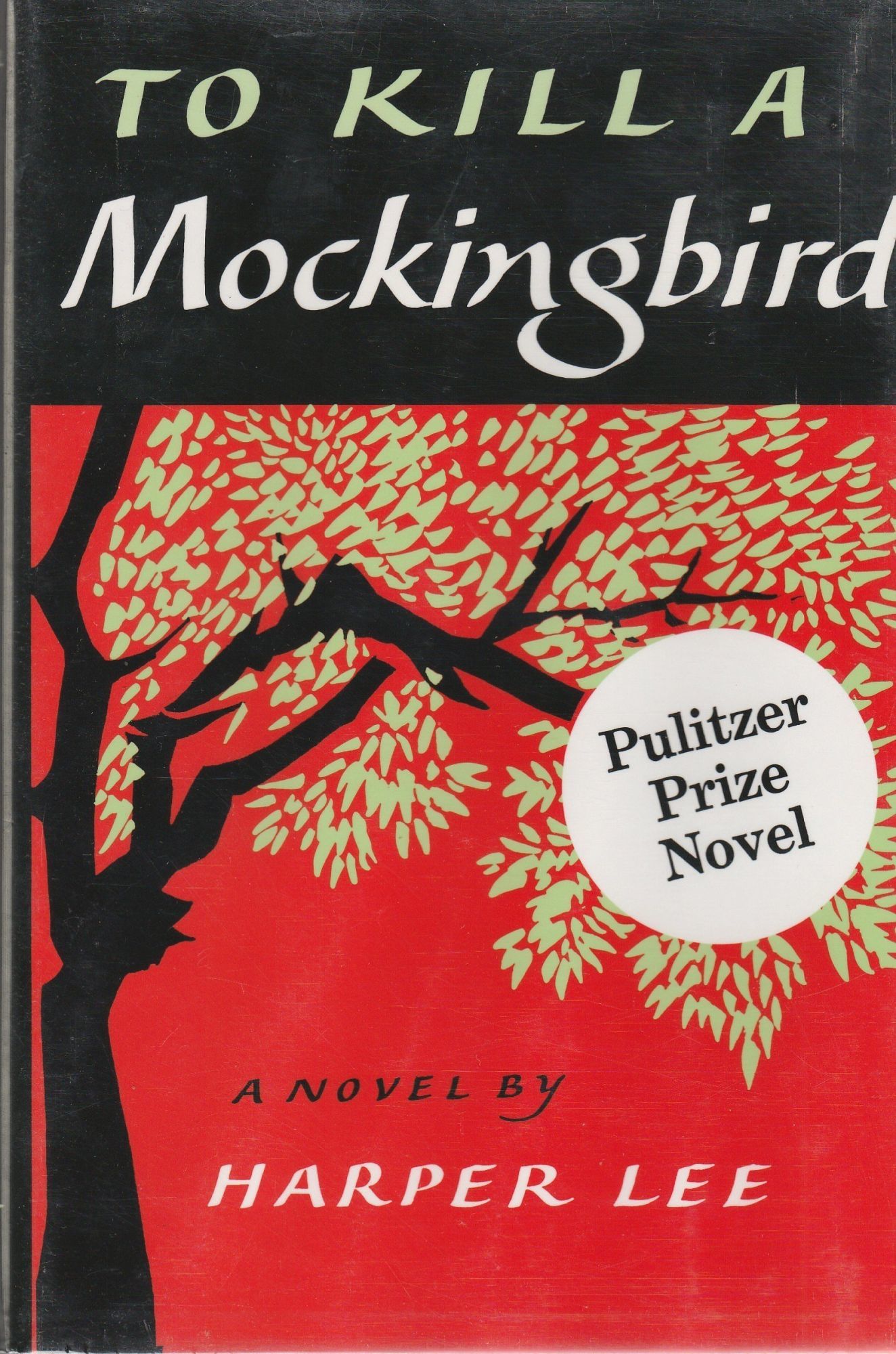
Cours Magistral de Sandrine ORIEZ : Le syntagme verbal (Programme de L3 permettant la préparation du CAPES)
- Tidsear: Anne-Laure Besnard
- Tidsear: Sandrine Oriez
- Tidsear: Manon Philippe

TD de linguistique anglaise de Mme Besnard (Groupe 2 en 2025-26).
Compléments de cours et corrigés.
Compléments de cours et corrigés.
- Tidsear: Anne-Laure Besnard
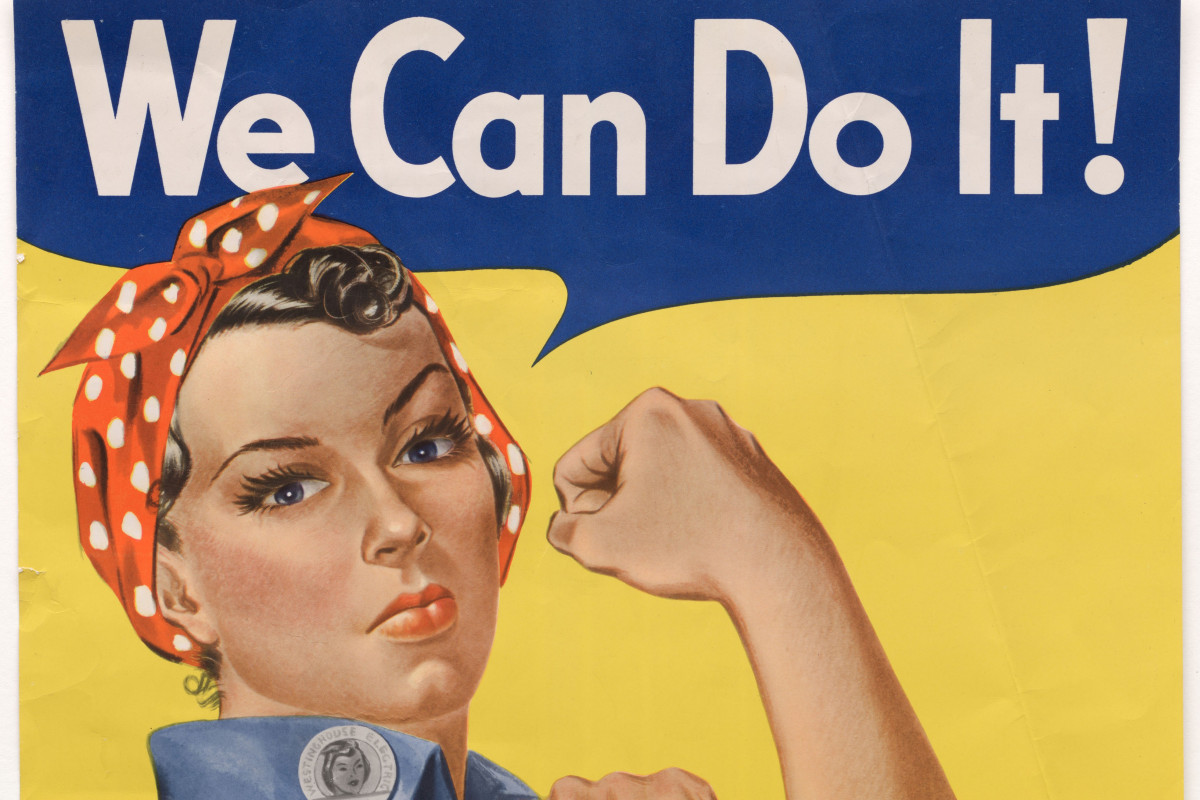
- Tidsear: Manon Philippe
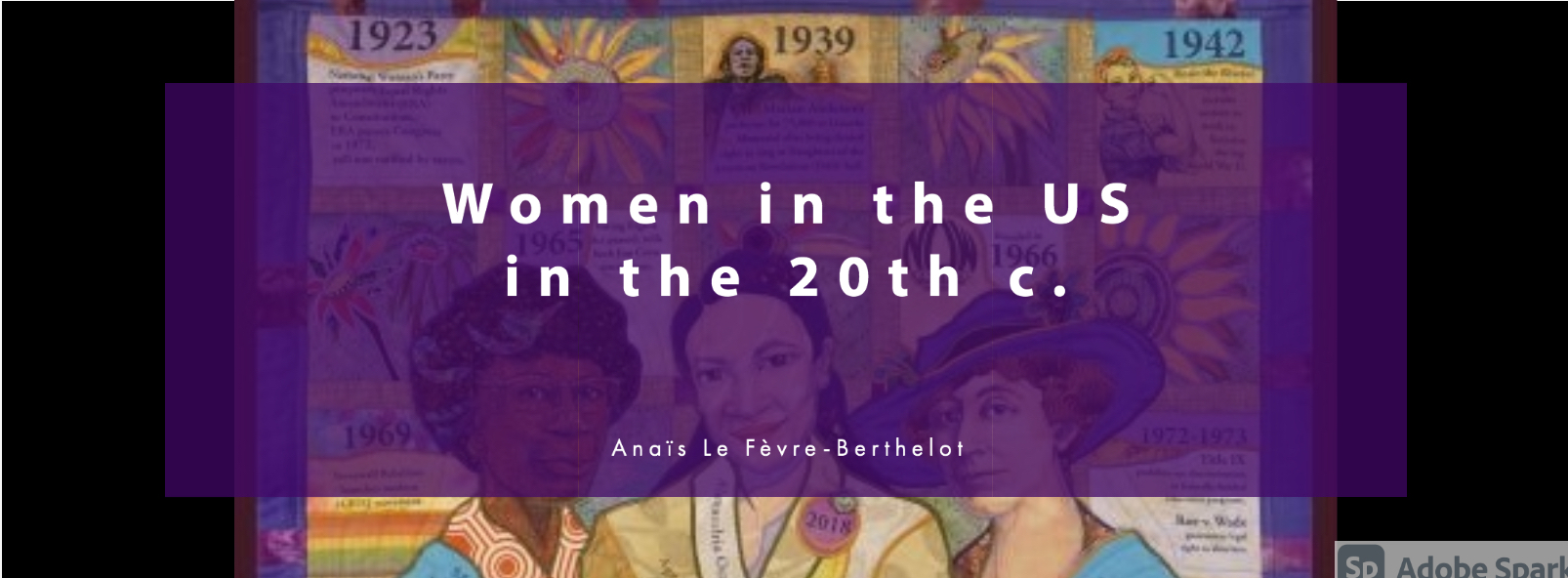
- Tidsear: Anthony Larson
- Tidsear: Anais Le Fevre-Berthelot
- Tidsear: Gildas Le Voguer
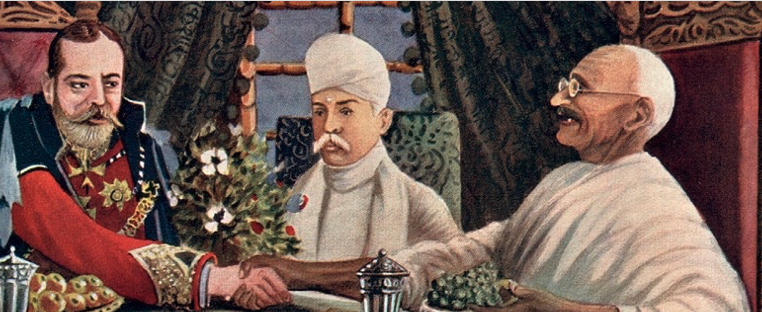
- Tidsear: David Haigron

- Tidsear: Manon Philippe
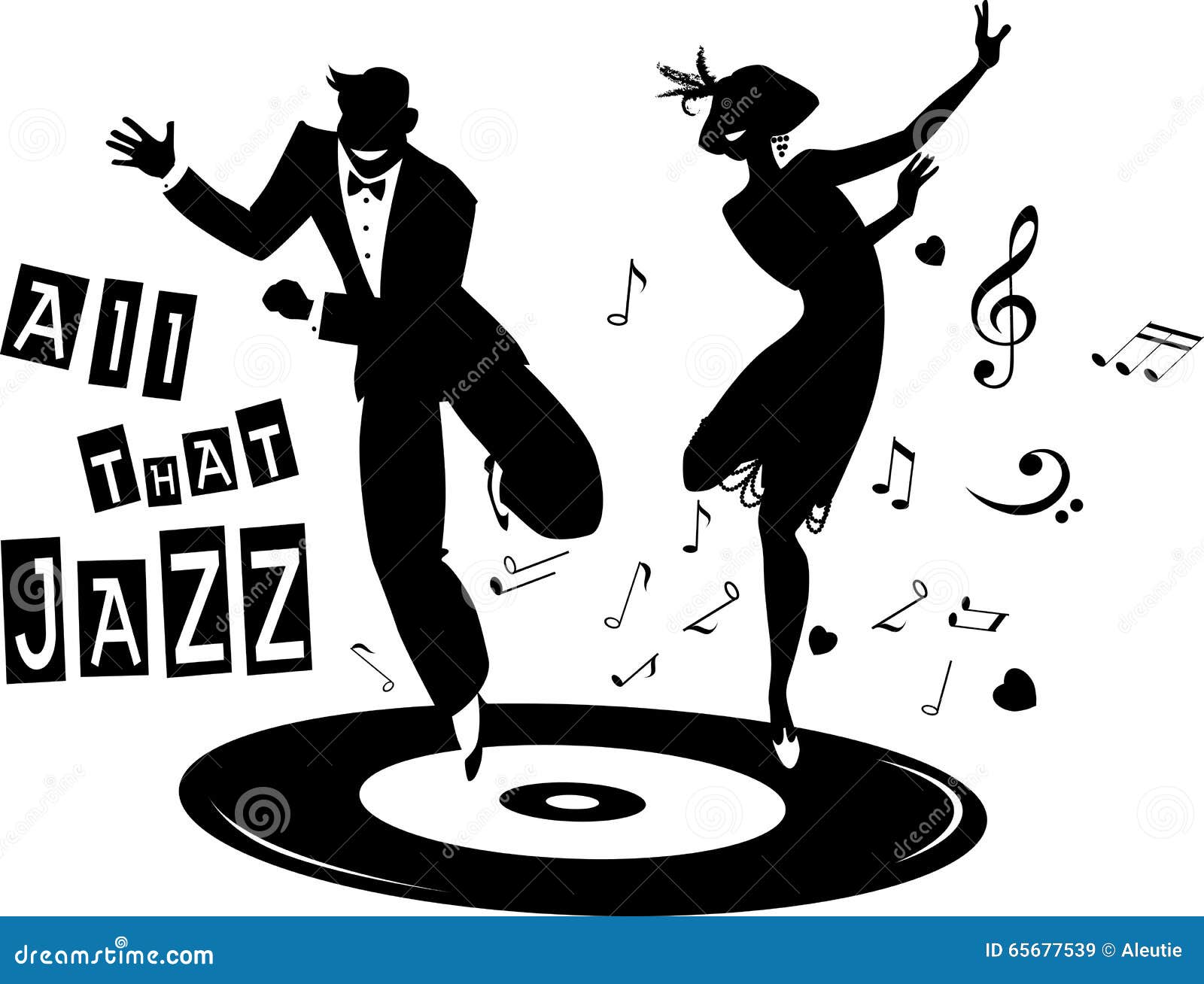
Civilisation des États-Unis - The 1920s – Licence 3 –
The 1920s, often called the Roaring Twenties, was a decade of change and tension. It was an age of mass production and mass consumption, which meant progress but also social anxiety. The rapid industrialization and urbanization of the country led to economic prosperity but the decade ended with a major economic crash in 1929. Social progress was genuine but reactionary forces fueled the Prohibition as well as the nativist movement and the rebirth of the Ku Klux Klan. In addition to that, the fear that Communism and Socialism might spread in the United States led the government to take drastic measures, curtailing freedom of expression. The 1920s was a contrasted era, a decade of reform and reaction.
Frederick Lewis ALLEN, Only Yesterday: An Informal History of the 1920’s, New York, HarperCollins, Perennial Classics, [1931] 2000.
André KASPI, Les États-Unis au temps de la prospérité, 1919-1929, Paris, Hachette, 1994.
Sylvia LE BARS, The American Twenties, PUR, 1993
The 1920s, often called the Roaring Twenties, was a decade of change and tension. It was an age of mass production and mass consumption, which meant progress but also social anxiety. The rapid industrialization and urbanization of the country led to economic prosperity but the decade ended with a major economic crash in 1929. Social progress was genuine but reactionary forces fueled the Prohibition as well as the nativist movement and the rebirth of the Ku Klux Klan. In addition to that, the fear that Communism and Socialism might spread in the United States led the government to take drastic measures, curtailing freedom of expression. The 1920s was a contrasted era, a decade of reform and reaction.
Frederick Lewis ALLEN, Only Yesterday: An Informal History of the 1920’s, New York, HarperCollins, Perennial Classics, [1931] 2000.
André KASPI, Les États-Unis au temps de la prospérité, 1919-1929, Paris, Hachette, 1994.
Sylvia LE BARS, The American Twenties, PUR, 1993
- Tidsear: Gildas Le Voguer

- Tidsear: Niall Murphy
- Tidsear: Anita Cornic
- Tidsear nach eil a’ deasachadh: Anne-Laure Besnard
- Tidsear nach eil a’ deasachadh: Ellen Mary Fitzgerald
- Tidsear nach eil a’ deasachadh: Sophie Forsdick
- Tidsear nach eil a’ deasachadh: David Haigron
- Tidsear nach eil a’ deasachadh: Maggy Hary-Moussay
- Tidsear nach eil a’ deasachadh: Delphine Lemonnier-Texier
- Tidsear nach eil a’ deasachadh: Sandrine Oriez
- Tidsear nach eil a’ deasachadh: Sebastian Jesus Sanchez Carrera
- Tidsear nach eil a’ deasachadh: Aliette Ventejoux
- Tidsear nach eil a’ deasachadh: Brian Wilson

- Tidsear: Aurore Caignet
- Tidsear: David Haigron
- Tidsear: Anthony Larson
- Tidsear: Anais Le Fevre-Berthelot
- Tidsear: Manon Philippe
- Tidsear: Maria Tang
- Tidsear: Aliette Ventejoux
- Tidsear: Audrey Verret
- Tidsear: Adrian Morfee

- Tidsear: Anne-Laure Besnard
- Tidsear: Sandrine Oriez
- Tidsear: Manon Philippe
